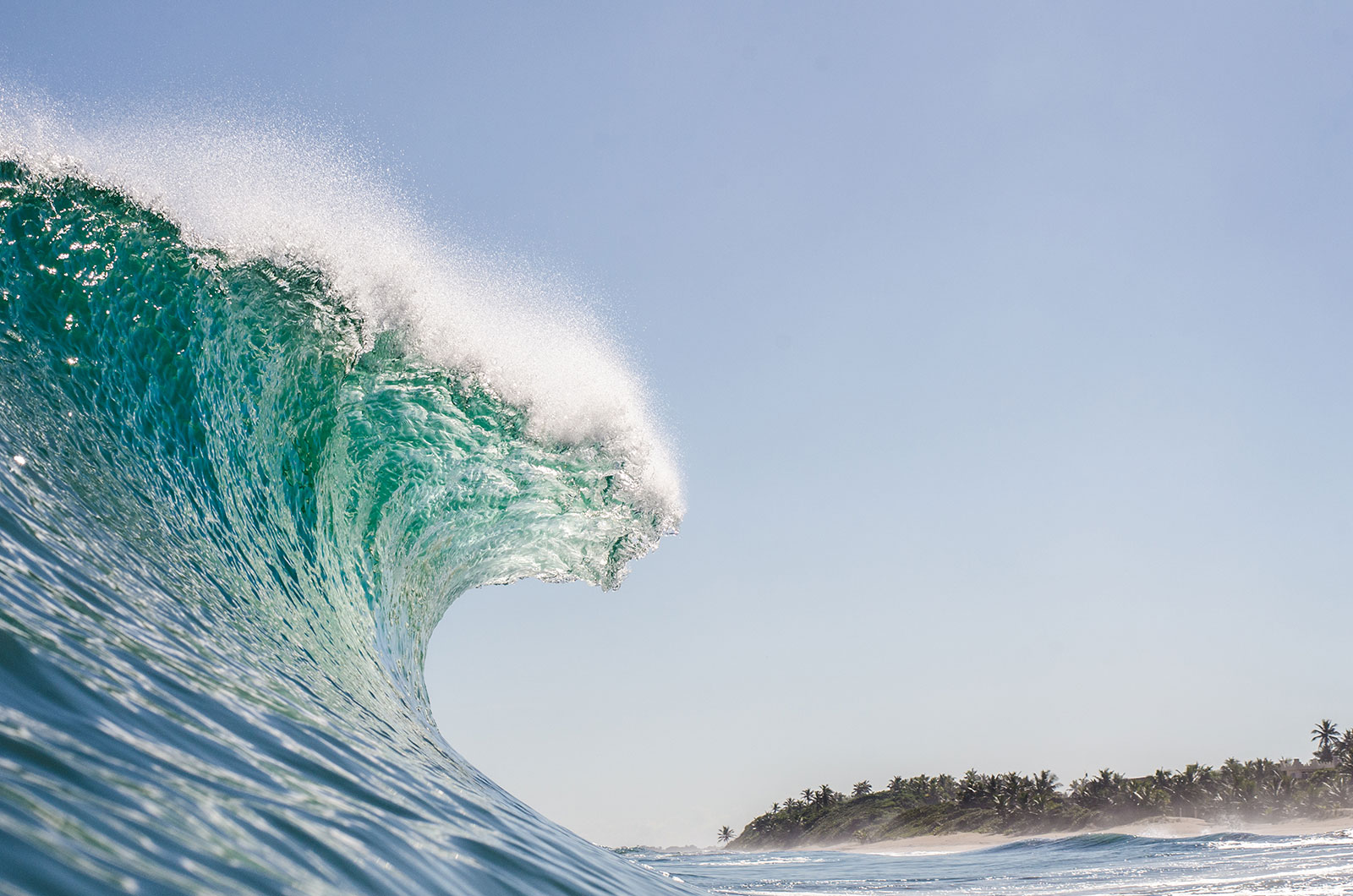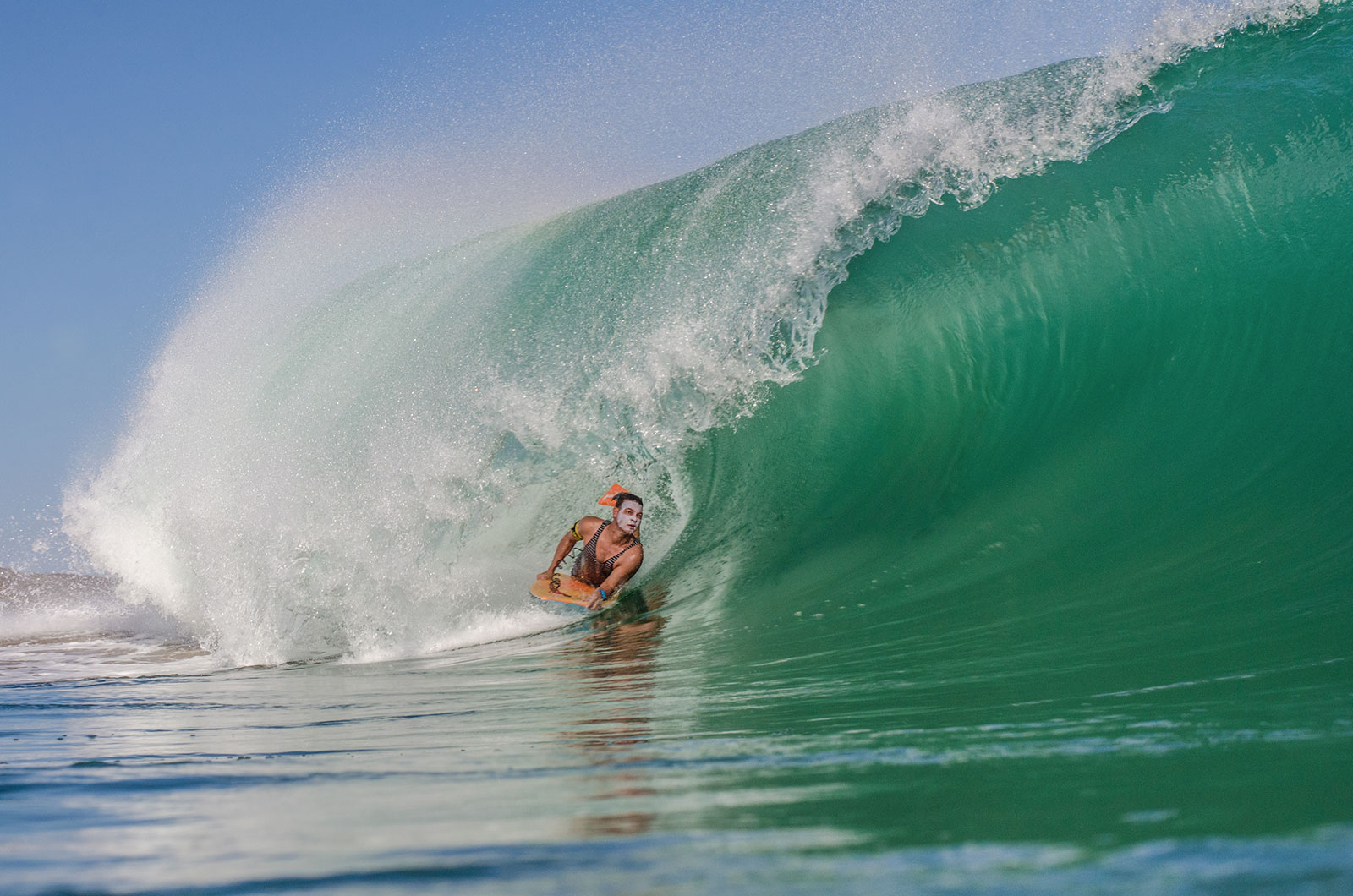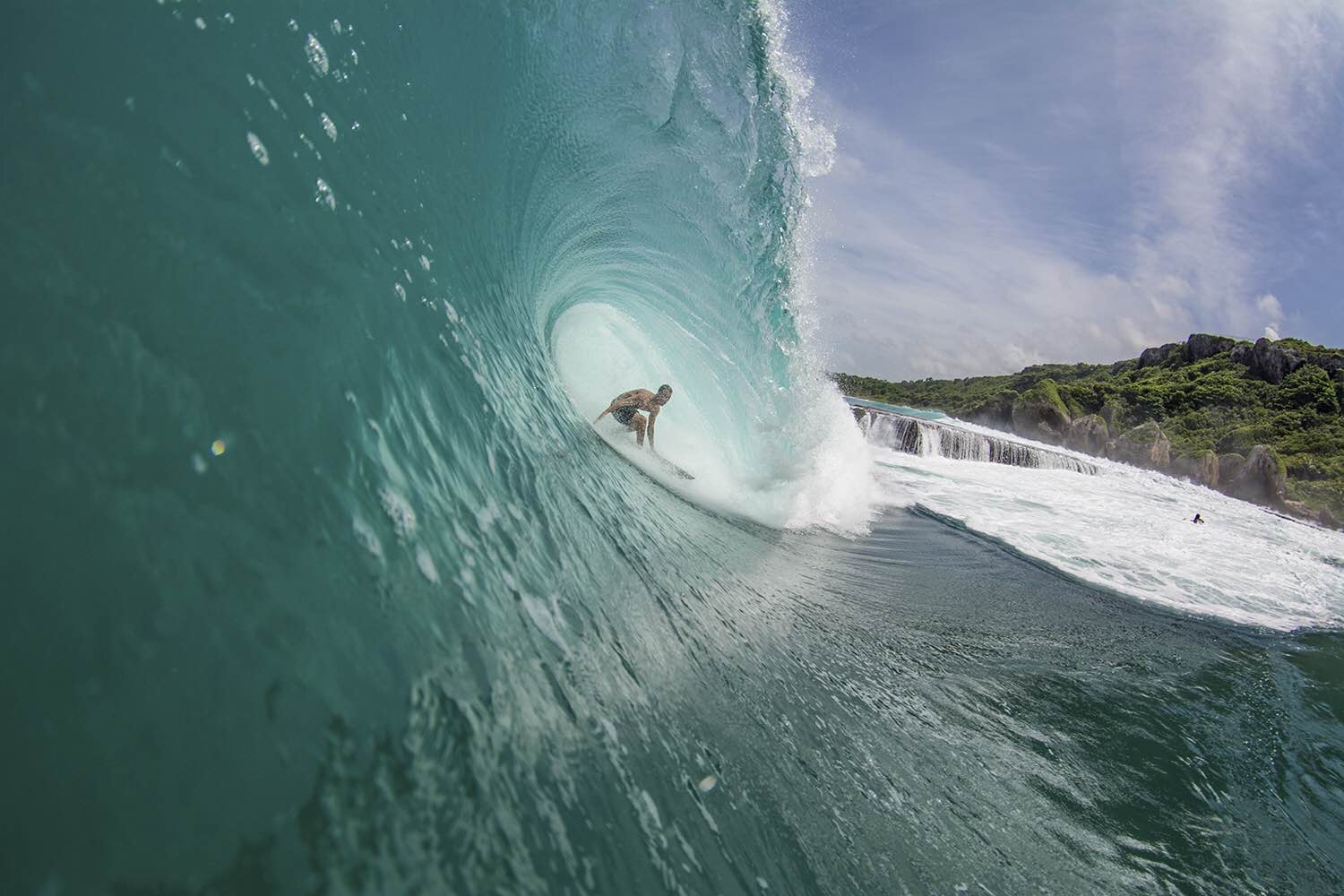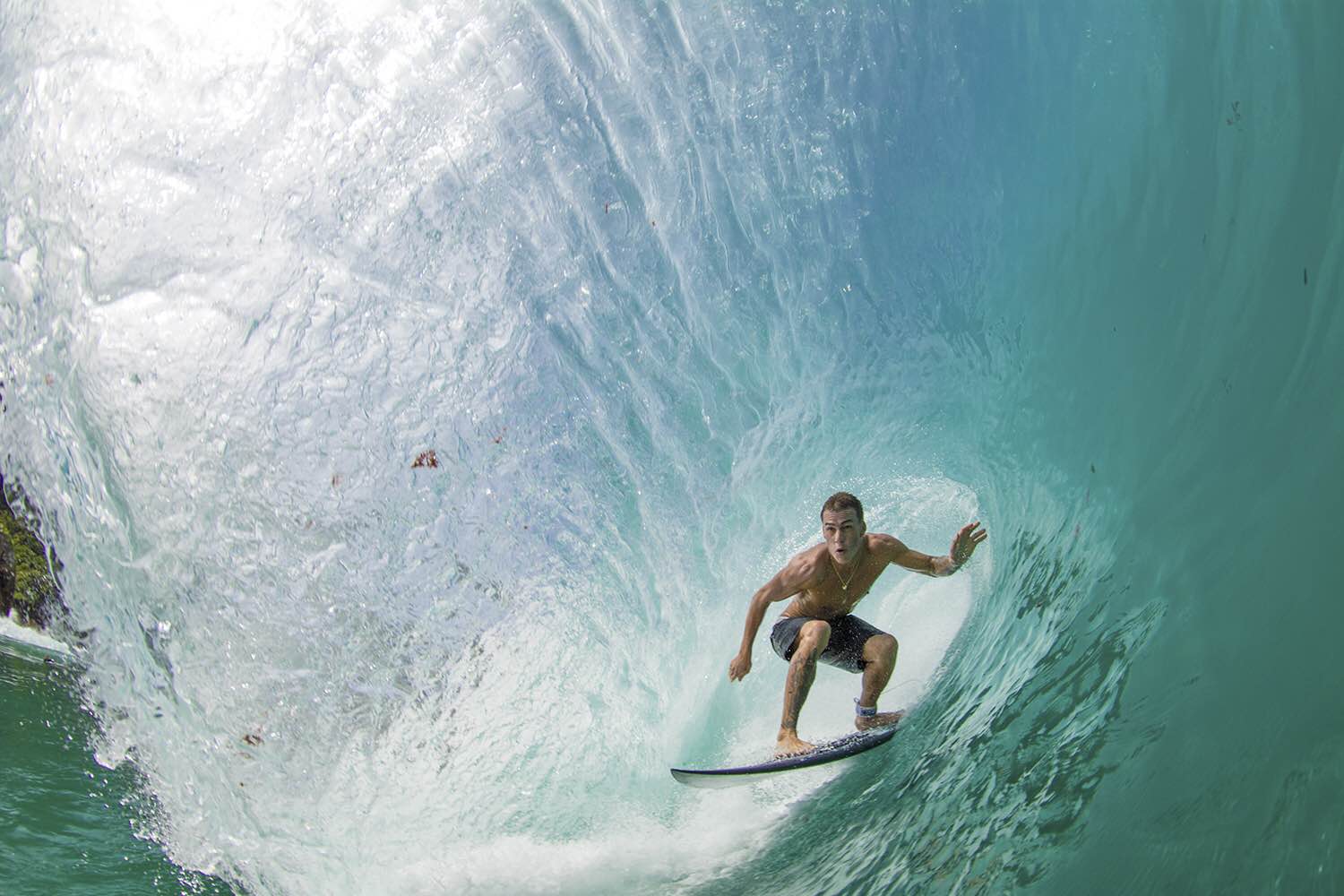Using filters for sea and underwater shooting
My name is Jóse Márquez, I'm 24 years old. I live in Puerto Rico; one of the most beautiful islands in the Caribbean, and thanks to my island, I got the passion for underwater photography.
Today I want to talk about the equipment that I use when I'm taking underwater photos and the equipment that I use when I'm taking photos out of the water.
Underwater / Water Sports
When you are shooting underwater, you need to first think about what you are going to be shooting: surfers, sea turtles, dolphins, sharks, coral, models, etc. Depending on what your subject is, this will determine the type of equipment that you are going to use.
Surfing
When you are shooting surfers, it is better if you use a fast camera from 6 fps up to 14fps. Why? When you're shooting surfers or waves the action is extremely fast, so when you got a fast camera it is easier to get the shot that you want because you got more shots from the same wave or surfer.
Which Lenses?
You got a lot of options when you are shooting surfing; all is going to depend from the vision that you want to deliver to the viewers.
If you want to focus on facial expressions or nice sport portraits, a 70- 200mm f/2.8 is a great option. If you want to focus on the surfer or the wave, but not the complete scenario a 35mm or 50mm is an awesome choice for that type of shot.
Nikon D7100 + 50mm f/1.8 + Kenko REALPRO C-PL filter
These types of lenses are going to provide images where the action of the surfer or the waves are the protagonists in the scene.
If you want to get the complete scenario and action, you must use a fisheye or wide angle. This is going to provide to the viewers a first person view experience and is going to let you freeze all the action in just one picture. Also, it can let you get the Over and Under pictures, this type of picture is when 50% of the shot is out of the water and the other 50% is underwater.
Tokina provides one of the best options in the market, they got the Tokina AT-X 107 f/3.5-4.5 AF DX Fisheye (10-17mm) and the Tokina AT-X 116 f/2.8 PRO DX II (11-16mm), both lenses have got some of the best quality on the market, I love the quality, sharpness and the bright colors that you get using those lenses.
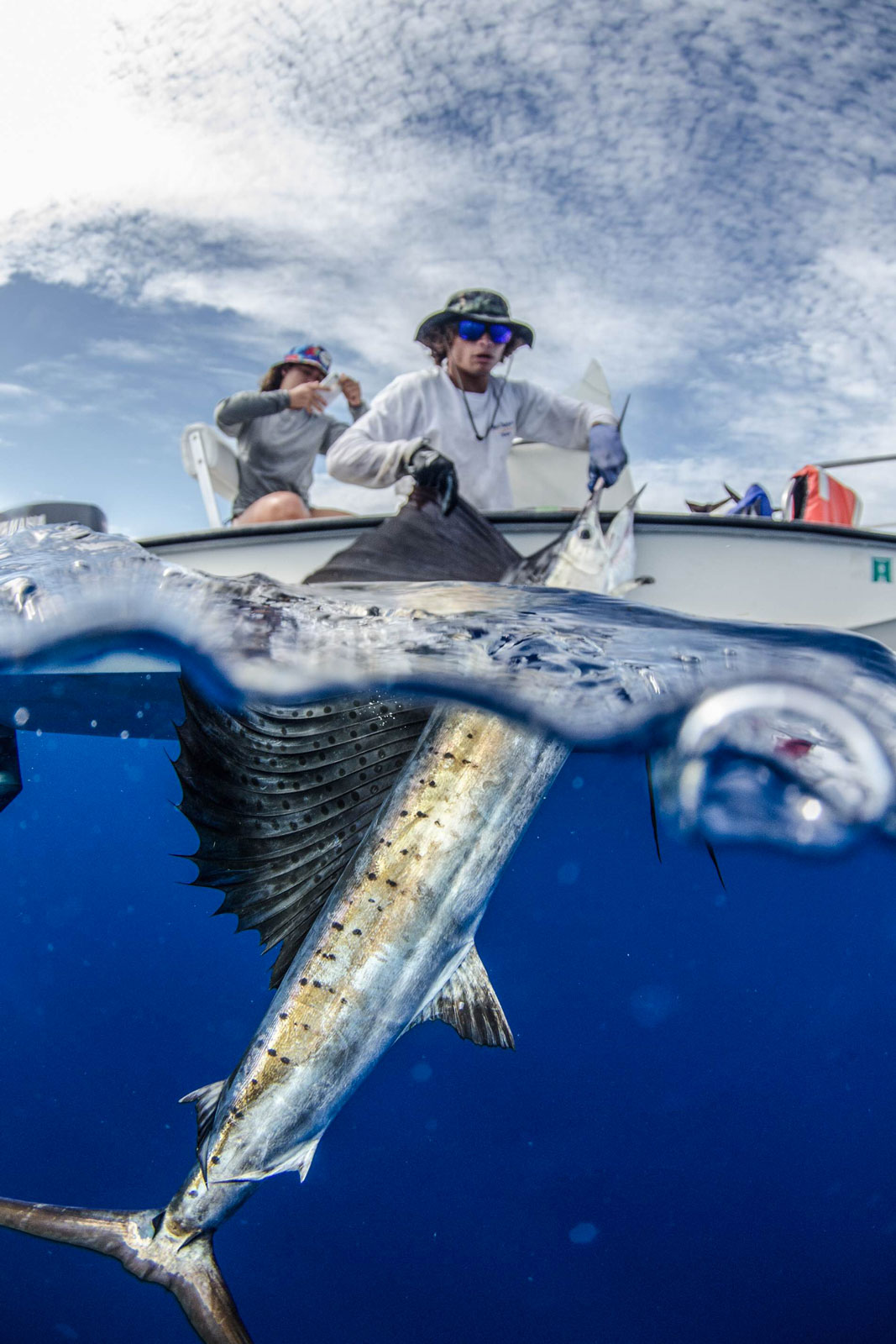 |
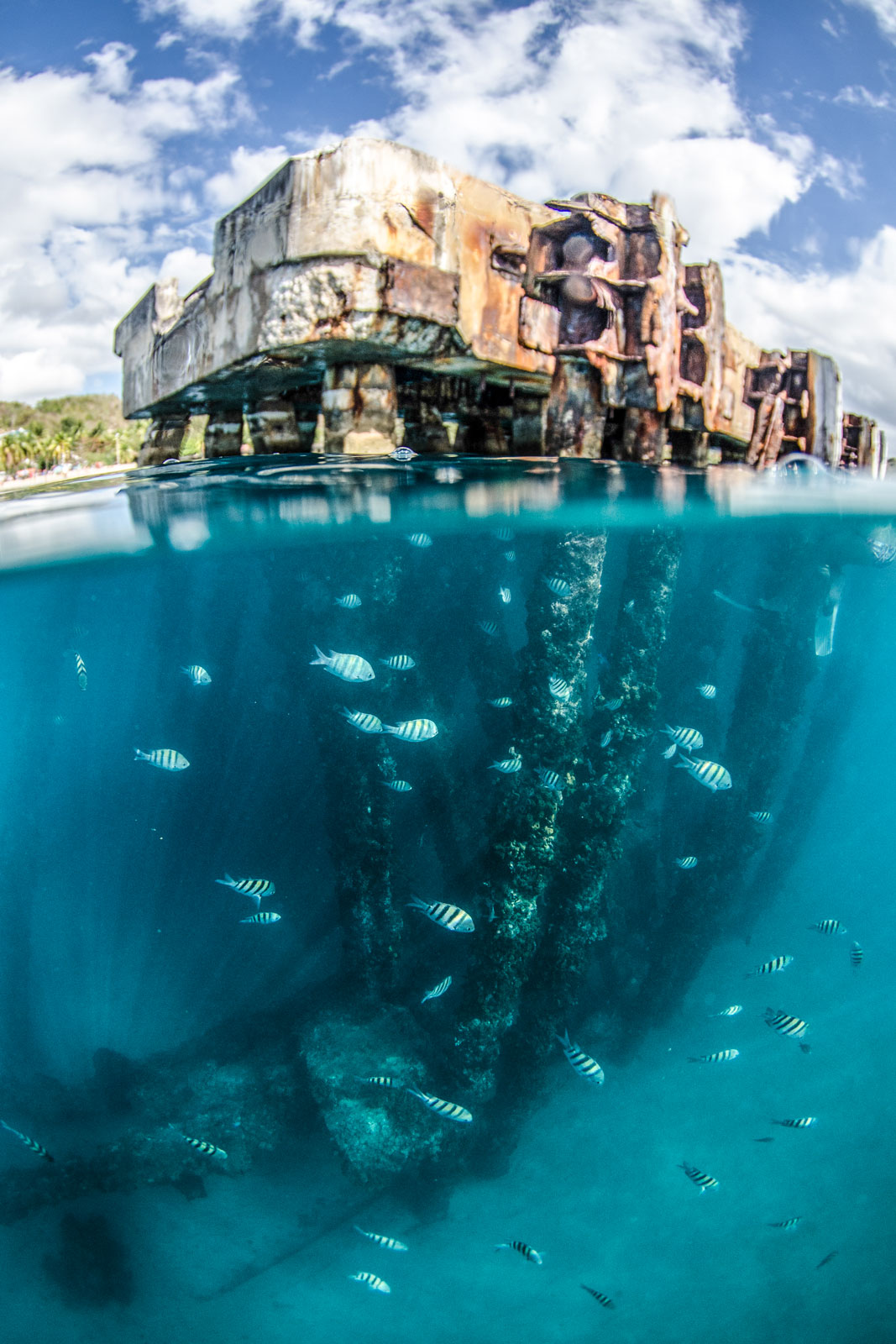 |
Nikon D7100 + Tokina AT-X 107 f/3.5-4.5 AF DX Fisheye (10-17mm)
Do you use filters to shoot surfing?
Shooting in the ocean is a challenge, you need to be swimming, avoiding currents, rapid changes of light; reflect of the sun in the water, etc. So I find that adding a C-PL filter to my Tokina AT-X 116 f/2.8 PRO DX II (11-16mm) can save me from loosing the shot that I want. I have test many C-PL filters but the one that I like the most is the Kenko REALPRO C-PL filter. This filter doesn't affect the quality of the image, it is going to give you bright colors and remove all reflections from the sun in the water.
What type of housing do you use?
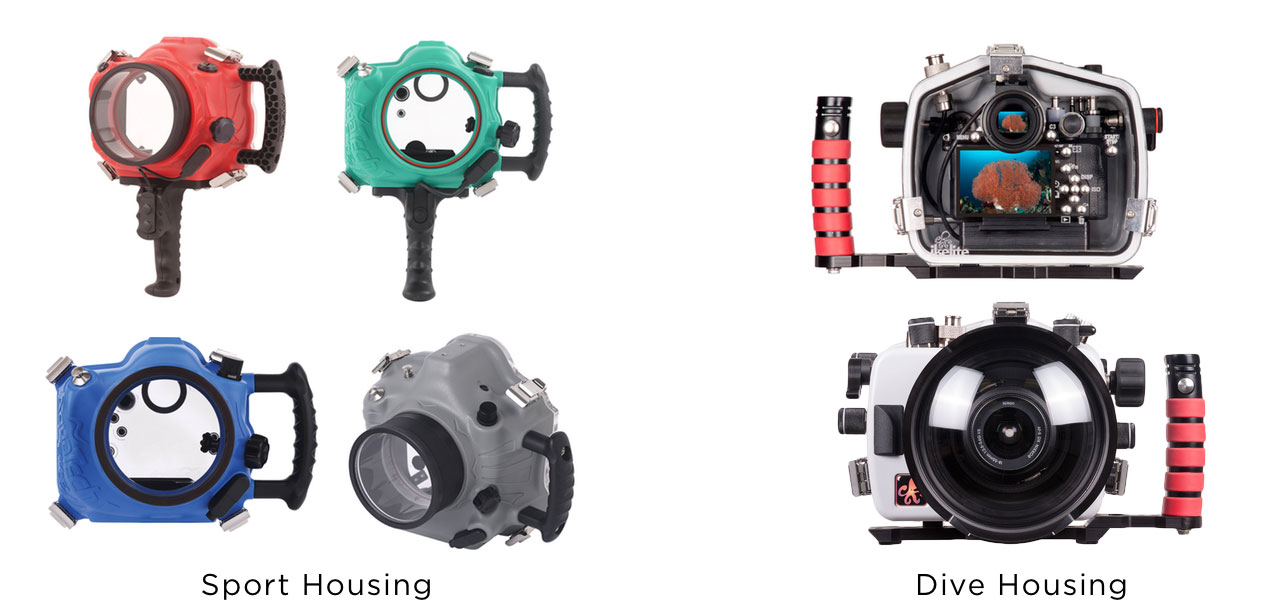
It is important to know the difference between housings. You can find two types of housing: Dive housing or Sport housing. The difference between them is the weight and depth range. If we are talking about surfing photography or shallow underwater shooting (10-15 ft.) you definitely want to go with a sport housing. Why? Is lighter, it floats (if a wave hits you and you lose the housing there is a higher chance of finding it again.), normally they have bright colors so the surfer can spot the photographer and once again if you lose the housing it is more easy to find it and you can customize which control settings you want to have on your housing.
For sport housing, I use SPL Water Housing or Aquatech Water Housing. For dive housing, Aquatech (10 to 30 ft depth) or Ikelite (30 to 120ft).
Underwater
Under water photography is one of the most beautiful and challenging. There are to many factors that can affect you such as currents, light, underwater visibility, sharks, and different depths that you can shoot at.
Do you use filters for underwater photography?
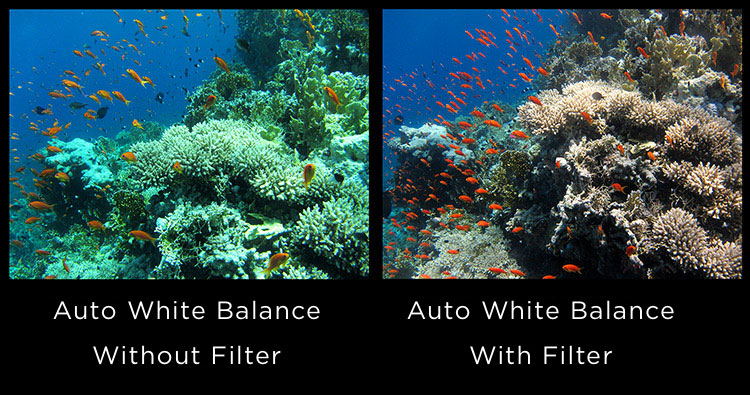 |
|
Photo by: Peter Rowlands |
Yes and No, this is going to depend on the depth of the shooting. If I'm shooting from surface to 10ft., I don't use filter, the ocean works as an ND filter, so you can reduce your shooter speed and you get warm tone colors. But if I'm shooting from10ft to 120ft I use a red filter. Why? After approximately 10ft. the camera can't get the colors of the subject that you are shooting. Everything is going to have is a blue or green tone, but when you use a red color filter this brings back the natural colors of the reef, animals or even humans skin colors.
Outside water shooting
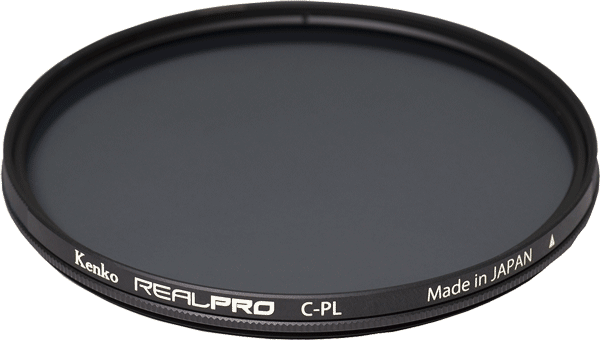 I take a lot of pictures from boats, from the shore of the beach and using flash in rivers. When I start shooting from boats, from the shore of the islands and rivers I get a lot of problems with light and colors. Why? 95% of the boats are white and in Puerto Rico the sand in the majority of the beaches have a white tone. So this work as a reflector for the sun and most of the time you get over exposed images. In the river, if I was shooting fish with a flash, the light of the flash hits the water and creates a white reflection, but every problem has a solution. I find that using the Kenko REALPRO C-PL and Kenko REALPRO ND8 filter was the solution for that problem. These filters reduce the bright light that was produced by the reflection of the sun or the flash on the water and gave me the opportunity to take pictures that got a natural light and pop out the colors of the sky, water and subject. Also a cool feature about the Kenko REALPRO C-PL filter is that it has an Anti-Stain Coating (ASC) witch reduces unwanted reflections and enhance saturation and contrast of the objects.
I take a lot of pictures from boats, from the shore of the beach and using flash in rivers. When I start shooting from boats, from the shore of the islands and rivers I get a lot of problems with light and colors. Why? 95% of the boats are white and in Puerto Rico the sand in the majority of the beaches have a white tone. So this work as a reflector for the sun and most of the time you get over exposed images. In the river, if I was shooting fish with a flash, the light of the flash hits the water and creates a white reflection, but every problem has a solution. I find that using the Kenko REALPRO C-PL and Kenko REALPRO ND8 filter was the solution for that problem. These filters reduce the bright light that was produced by the reflection of the sun or the flash on the water and gave me the opportunity to take pictures that got a natural light and pop out the colors of the sky, water and subject. Also a cool feature about the Kenko REALPRO C-PL filter is that it has an Anti-Stain Coating (ASC) witch reduces unwanted reflections and enhance saturation and contrast of the objects.
This is super effective for me, because if I'm in a boat and splash hits the filter I don't need to worry about removing the drops with a towel, I just need to blow them or shake the camera a little bit and the drops are out of your lens and filter.
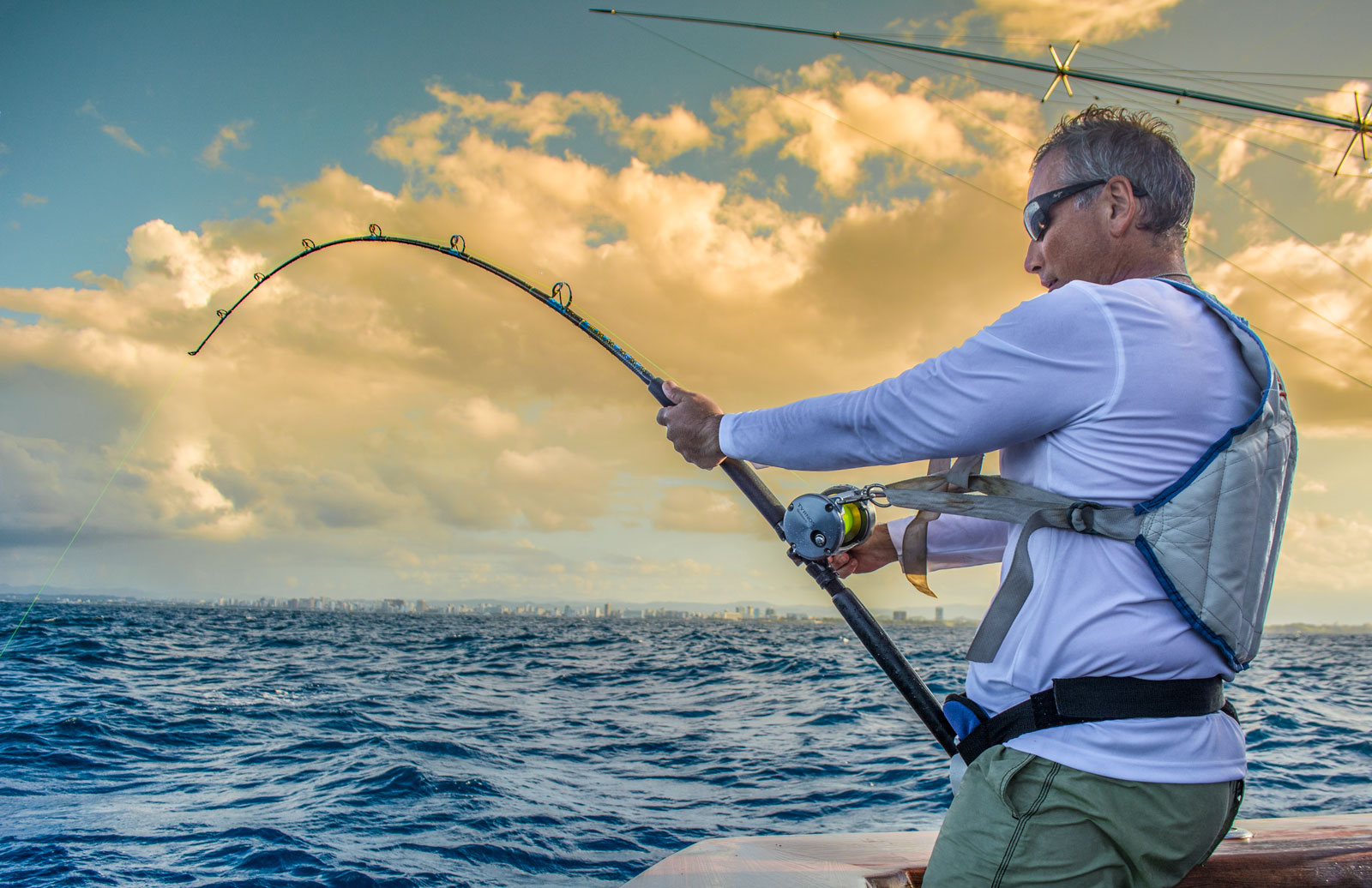
Nikon D7100 + Tokina AT-X 116 f/2.8 PRO DX II (11-16mm) + Kenko REALPRO C-PL
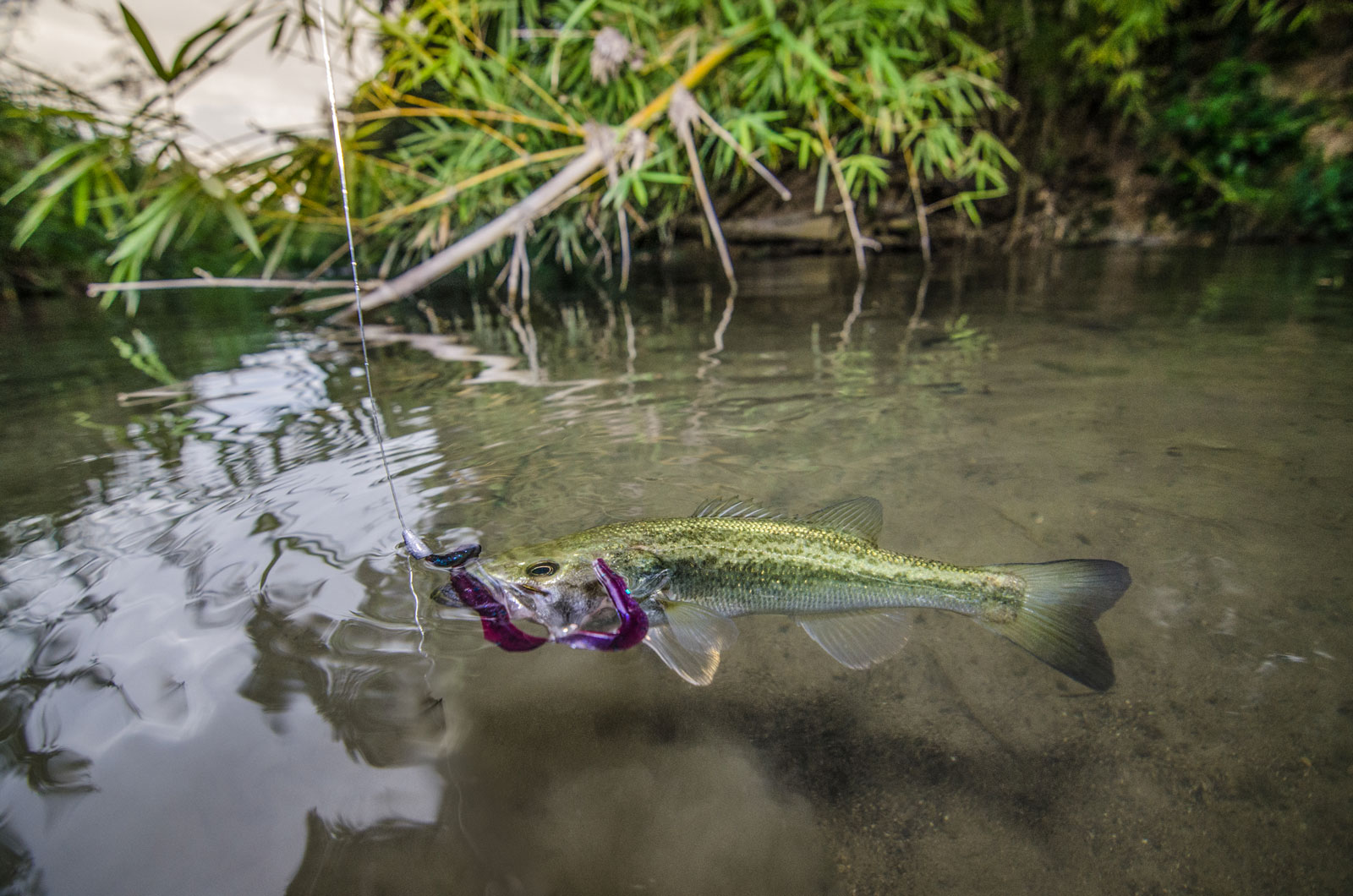
Nikon D7100 + Yongnuo YN565 + Tokina AT-X 116 f/2.8 PRO DX II (11-16mm) + Kenko REALPRO C-PL
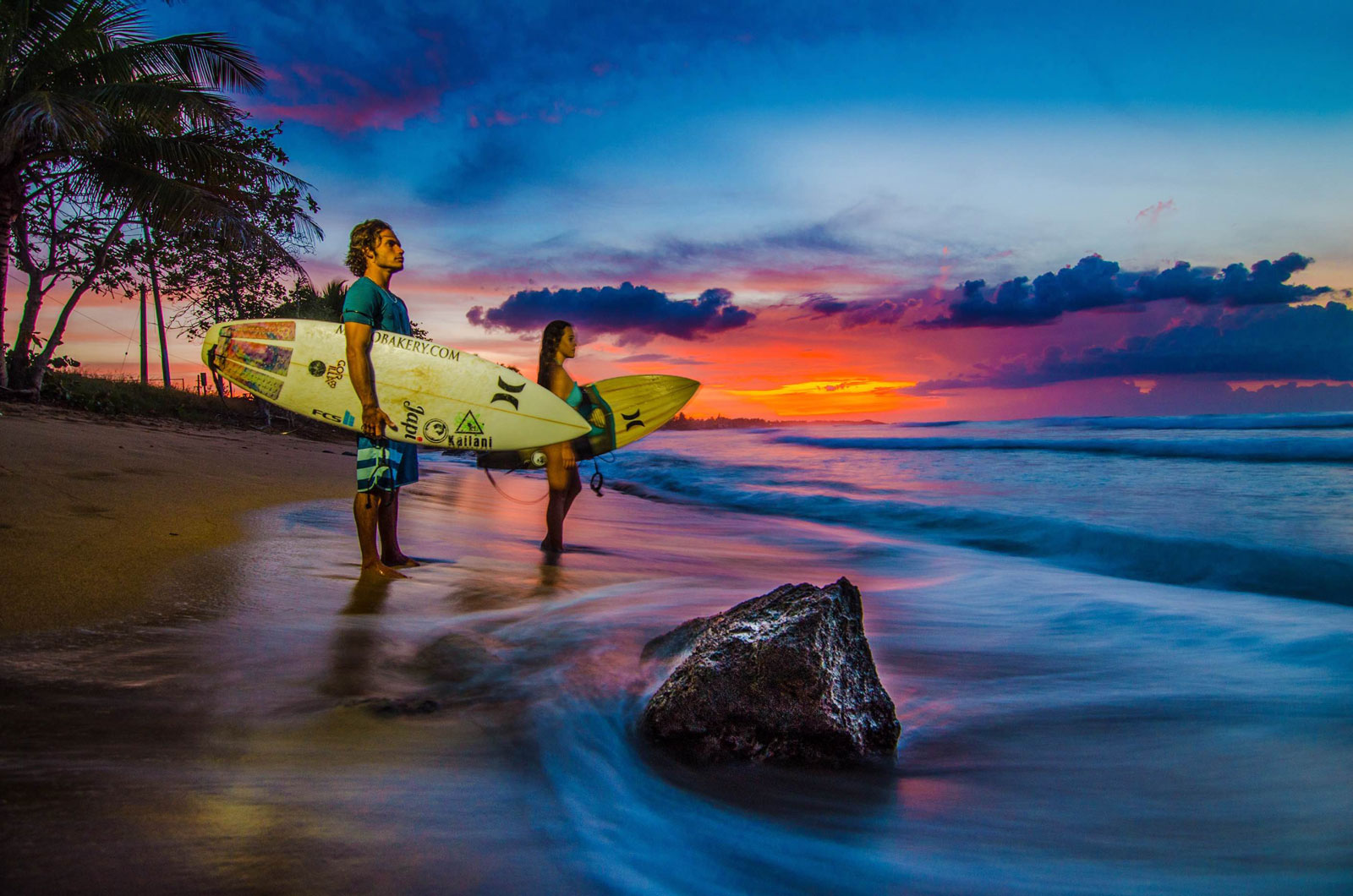
Nikon D7100 + Tokina AT-X 116 f/2.8 PRO DX II (11-16mm) + Kenko REALPRO ND16
Why use an ND filter when shooting in ocean or rivers?
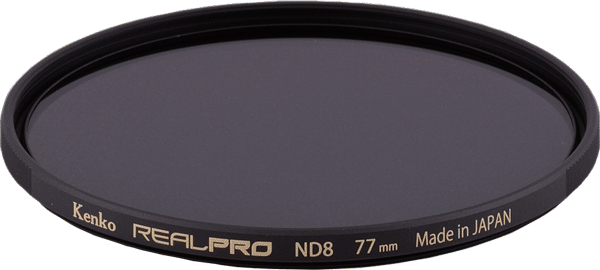 For me it is extremely important to take the viewer to the place where I took the picture, when a viewer says, "I feel like I'm in that place", I know that my main goal was accomplished. How you can achieve that? Well the movement is a very important thing in photography, when you can capture and freeze the movement in a picture, you are going to transport the viewer to that place. In the ocean, we have got the movement of the wave and in the rivers we have the movement of water passing through rocks and the waterfalls. ND filters are the perfect tools for this type of action. It is very simple the work with an ND, this type of filter will let you slow the shutter speed of your camera because they reduce the amount of light that is entering your camera. How much? All depends on the density of the filter. In the ocean I use ND8, ND16 and ND32. In the rivers I normally use ND8 filter, because the rivers are full of trees so there is less light than the ocean that's why I don't use ND32 or any combination of them.
For me it is extremely important to take the viewer to the place where I took the picture, when a viewer says, "I feel like I'm in that place", I know that my main goal was accomplished. How you can achieve that? Well the movement is a very important thing in photography, when you can capture and freeze the movement in a picture, you are going to transport the viewer to that place. In the ocean, we have got the movement of the wave and in the rivers we have the movement of water passing through rocks and the waterfalls. ND filters are the perfect tools for this type of action. It is very simple the work with an ND, this type of filter will let you slow the shutter speed of your camera because they reduce the amount of light that is entering your camera. How much? All depends on the density of the filter. In the ocean I use ND8, ND16 and ND32. In the rivers I normally use ND8 filter, because the rivers are full of trees so there is less light than the ocean that's why I don't use ND32 or any combination of them.
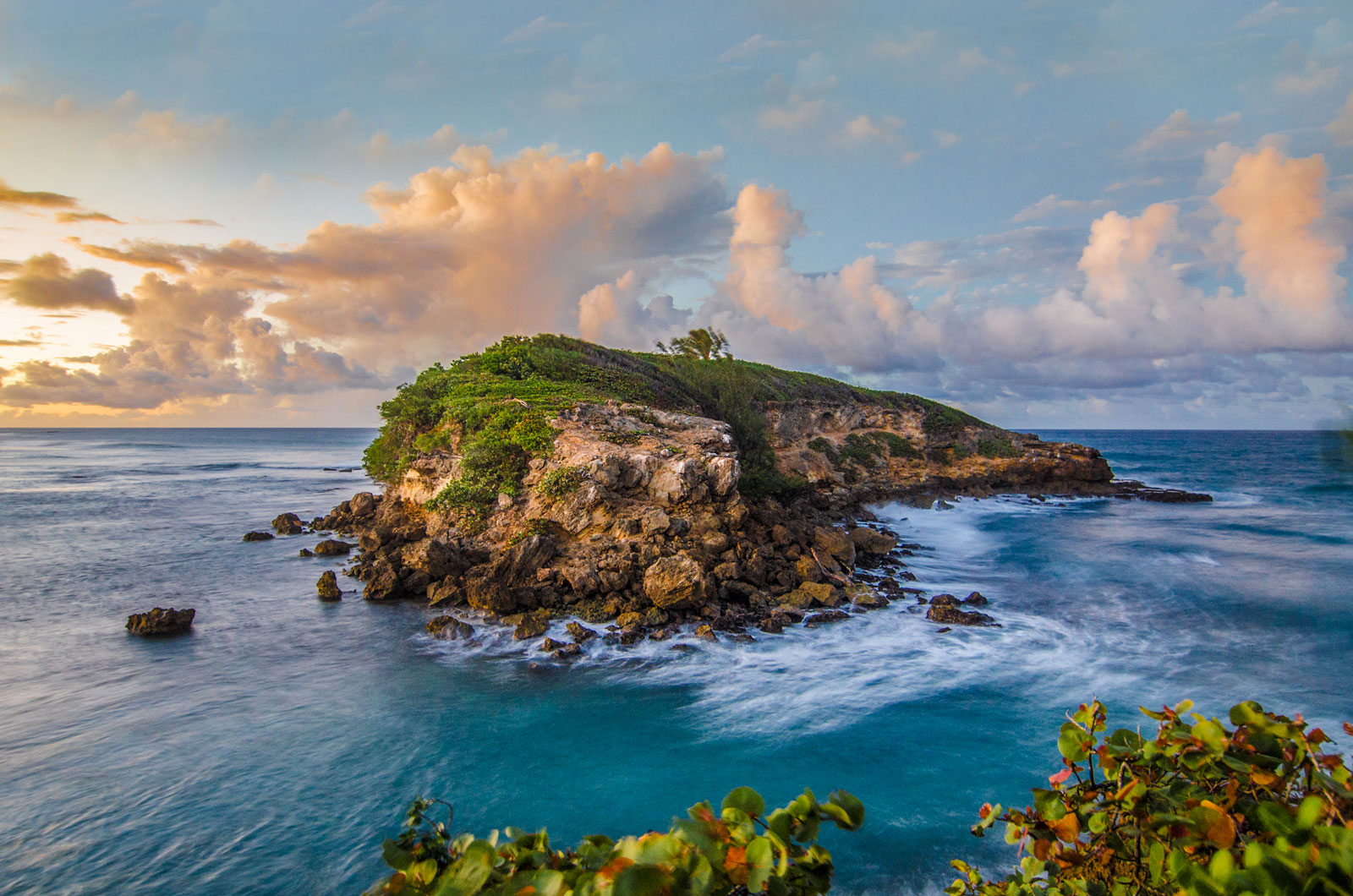
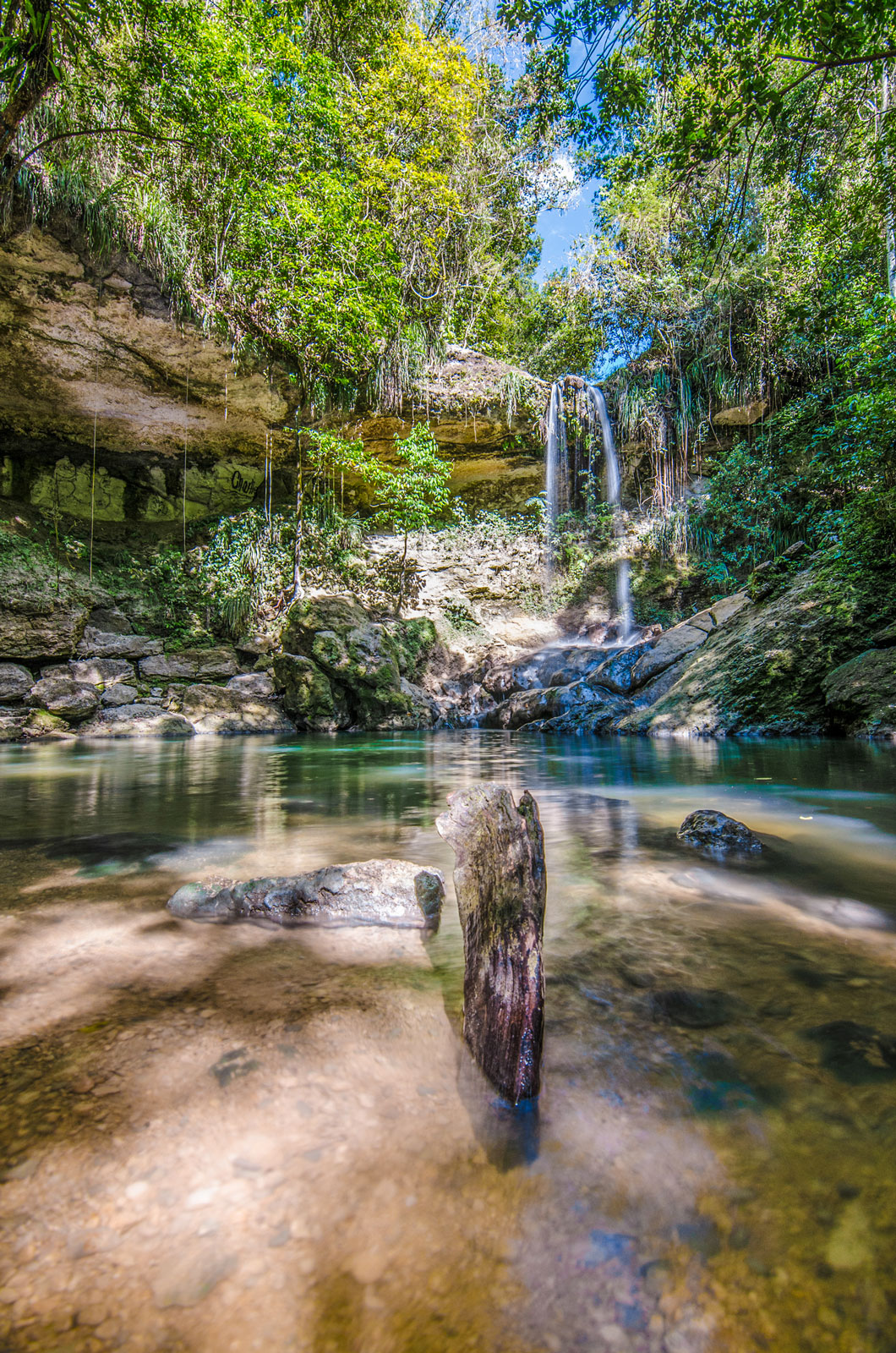 |
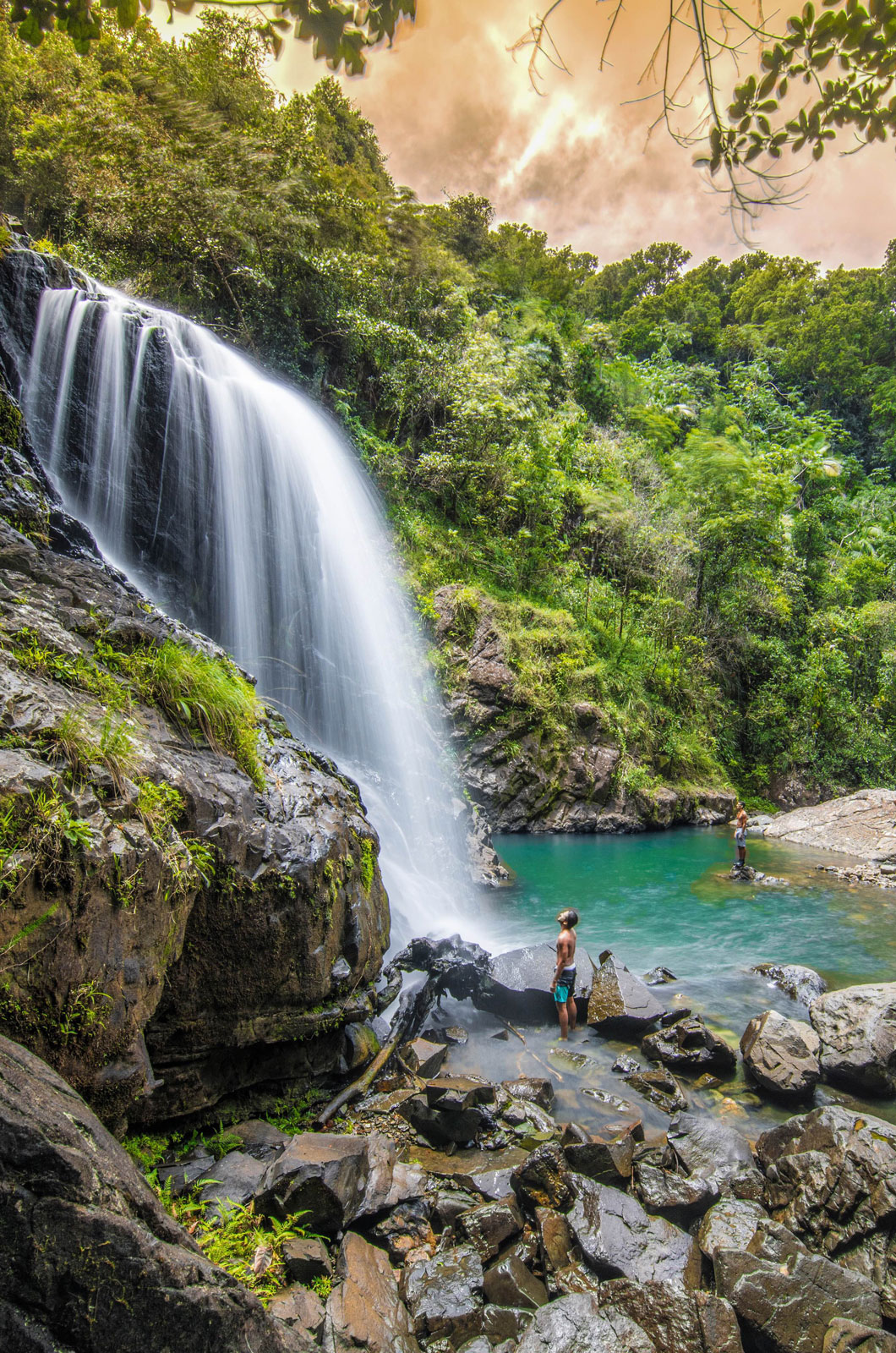 |
Nikon D7100 + Tokina AT-X 116 f/2.8 PRO DX II (11-16mm) + Kenko REALPRO ND8
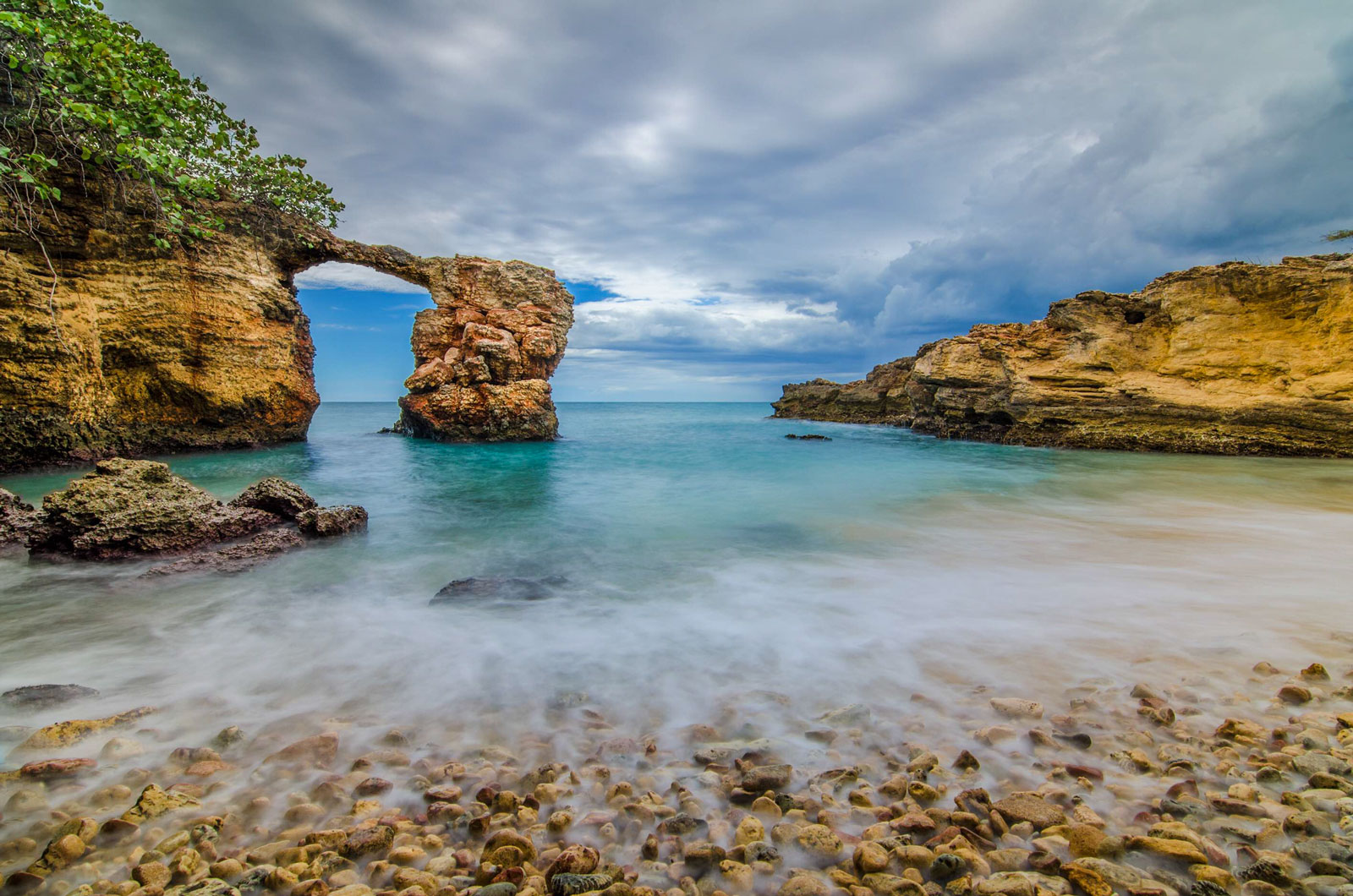
Nikon D7100 + Tokina AT-X 116 f/2.8 PRO DX II (11-16mm) + Kenko REALPRO ND16 + Kenko REALPRO ND32
Which filter you recommend?
I recommend to use Kenko REALPRO C-PL ND8, ND16 and ND32 filters. Those are the ones that I have and I'm extremely stoked about the results and image quality that those filters provide.
